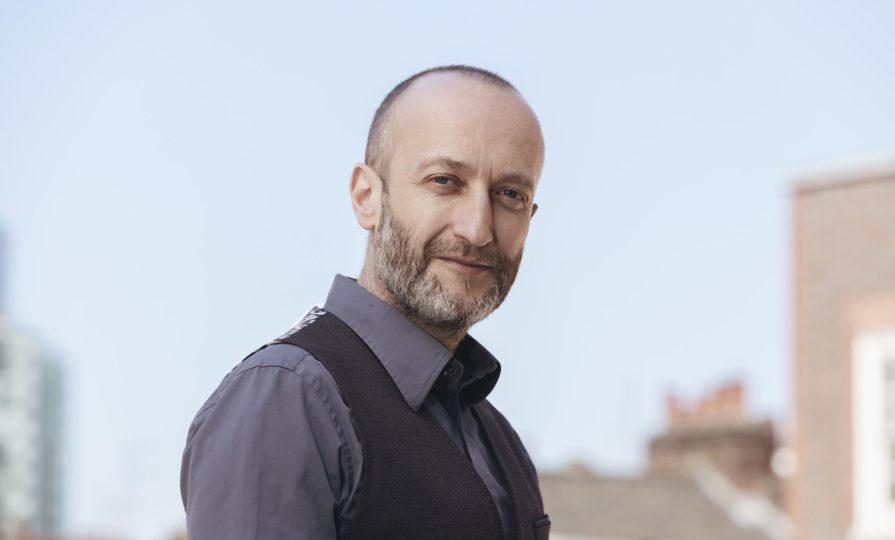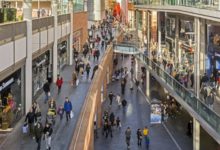The evolution of the Ikea experience: What’s next?

With the news last week that Ikea is to shut its first big UK outlet in Coventry, we can take this as a sign that the Swedish furniture retailer – the world’s largest – needs to accelerate the evolution of its customer experience.
Arguably, the first of the real experiential stores, Ikea’s multi-storey store layout is outdated and, in an industry, increasingly dominated by more convenient e-commerce, its less than desirable in today’s retail market.
As footfall to out-of-town retail complexes continues to plummet, what can Ikea do to re-evaluate what their ‘experience’ is? How will the blend their on and offline channels to provide the customer with the type of convenient, interactive experience that Ikea once was known (and loved) for?
To put simply:
Ikea needs to accelerate their transformation
The numbers are clear: the revenue per store that Ikea generates is growing year on year – so to create more revenue, it would appear that Ikea just need more stores. But this is only part of the story. Store visits dropped massively this year, back to 2017 levels (837million visits). Ikea stores in established markets are also starting to age, and will not be fit for purpose if they are to hit their sustainability goals in 2030.
Finally, Ikea can’t continue to expect their customers to spend unnecessary and inefficient amount of time walking through mazes buying napkins and tea lights – Ikea has become known as the “Church of Impending Divorce”. Consumers today are time-conscious and looking for efficient and frictionless experiences. Ikea is not offering this.
But it is not about the death of brick & mortar. People still want to enjoy physical, tangible experiences – they need to feel the material before they invest in home furnishings.
What Ikea needs to do is to regain control of the context in which they operate, and build and refine store concepts to cater for a much more diverse audience – people without cars, living in dense, urban locations, who are as likely to be working at home as living at home. Ikea needs to continue to transform to ensure they don’t lose customers to competitors that can offer a more focused and targeted customer experience.
Develop more experience-driven and digitally enabled store concepts
Ikea has already opened a few smaller experimental stores, located in the heart of city centres like London and New York, which primarily showcases Ikea products in different contexts, to complement the online touchpoints. Very different to the Coventry store, you cannot actually buy anything from these stores. This is the path Ikea should continue to lean into and accelerate.
They need to cater for an increasingly digitally-driven purchasing experience. With more than 2.5 billion online visitors, Ikea can safely assume that a majority of store visitors have started their journey online. The store visit itself needs to feel like a natural extension of the digital experience, with similar abilities for personalized information and easy ways to access the entire assortment.
By leveraging the latest technology in AR and VR, Ikea can help customers view, try and experience their entire assortment at a much smaller physical footprint. Endless Aisle technologies combined with their still evolving eCommerce capabilities will help them service these consumers delivering product, and helping to increase revenue generation of this smaller but more expensive store estate. This should contribute to the profitability issues that led to the Coventry store’s demise.
Personalize, adapt and extend across the journey
Ikea has already moved to help consumers outside of the traditional purchase journey, with delivery and assembly provided in pilot stages in a small number of markets. As anyone who has tried to assemble Ikea furniture will tell you, they need to quickly accelerate the rollout of these services for their more established and mature markets.
Ikea also needs to adjust their assortment and to better adapt to and cater for the vast variety of audiences they are serving. The expectations and products that Baby boomers want are significantly different from those of Generation X, and Generation Z are different again.
Ikea serves a much more heterogeneous audience than when the current store concept was established. Doing this means a different product strategy, with different store types, and much greater support for store staff which can only be achieved at scale through greater focus on colleague technology and investment in customer personalisation.
Stronger focus on sustainability and the circular economy
Ikea is the world’s single largest buyer of wood. If Ikea is going to achieve its sustainability goals it will need to become a more sustainable member of the communities in which it operates. Stores need to help customers make sustainable choices, training their customers, offering re-commerce for furniture, and provide more detailed product information about origin and total environmental footprint. They also need to be more open about their initiatives to repair and replace single components, rather than driving disposal and replacement of items that are nearing the end of their natural life.
Ikea has made significant steps. They have created new store concepts, delivered a new eCommerce platform, brought innovative products to market, wrapped these products in new service propositions and are actively exploring their role in the lives of consumers in the next age, all whilst taking a bold stance on sustainability and driving down costs for consumers. However, they have a long way to go to find a successful model for their business across every market and with a more diverse audience.








